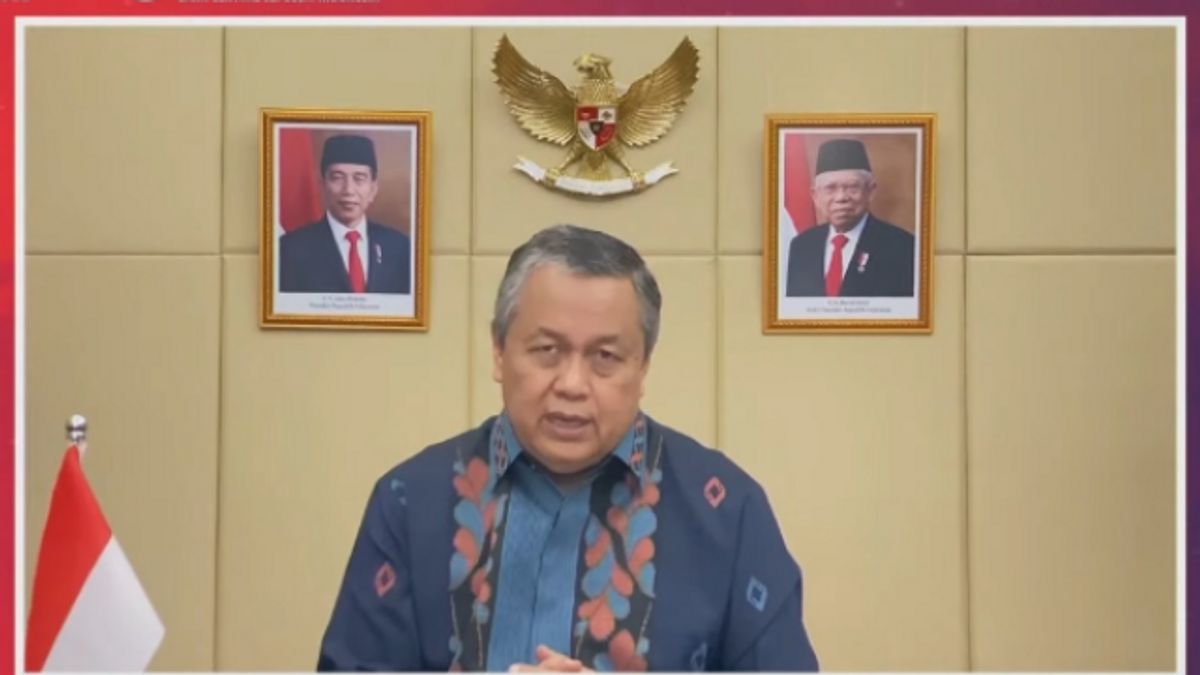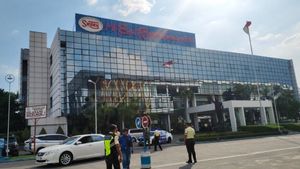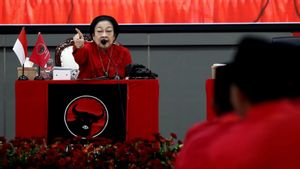JAKARTA - Bank Indonesia has injected banking liquidity up to 5.6 percent of Gross Domestic Product (GDP) in the last two years. To that end, Bank Indonesia will gradually reduce liquidity injections.
"We will start increasing the Statutory Reserves (GWM) in March, June and September to return to the way it was before COVID-19," said Bank Indonesia Governor Perry Warjiyo in a side event of the G20 Indonesia Presidency, quoted by Antara, Thursday, February 17.
Even so, the monetary authority will still ensure that banks can channel credit and buy Government Securities (SBN).
Perry emphasized that banking liquidity is still very loose and we will keep the policy interest rate at 3.5 percent low until there are signs of a fundamental increase in inflation.
However, the central bank still needs to calibrate the policy mix starting this year, which will start with an increase in the reserve requirement.
"Monetary policy will begin to stabilize, but macroprudential policies, payment systems, market deepening, and economic and financial inclusion will continue to support economic growth," he said.
In addition, he revealed that the policy normalization process will also be carried out by stabilizing the rupiah exchange rate, in close coordination with the Ministry of Finance so that the impact of the increase in United States (US) bonds will continue to support the stability of Indonesia's financial system.
This is done by maintaining the difference between yields or yields on SBN and US bond yields, and maintaining the stability of Garuda's exchange rate.
The English, Chinese, Japanese, Arabic, and French versions are automatically generated by the AI. So there may still be inaccuracies in translating, please always see Indonesian as our main language. (system supported by DigitalSiber.id)










